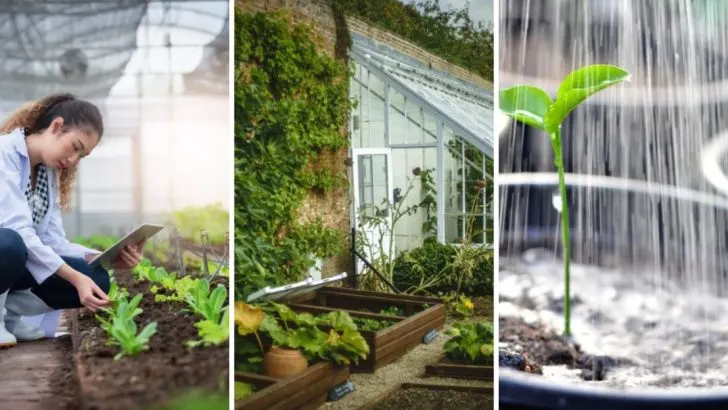Greenhouses offer a fantastic way to extend your growing season and nurture plants in a controlled environment. However, achieving success in a greenhouse goes beyond just having the right space. There are certain tips and tricks that expert gardeners swear by, but they often go unmentioned.
From optimal temperature and humidity control to the best materials for your greenhouse, here are 12 secrets to greenhouse success that will help you grow a thriving garden all year round.
Optimal Ventilation
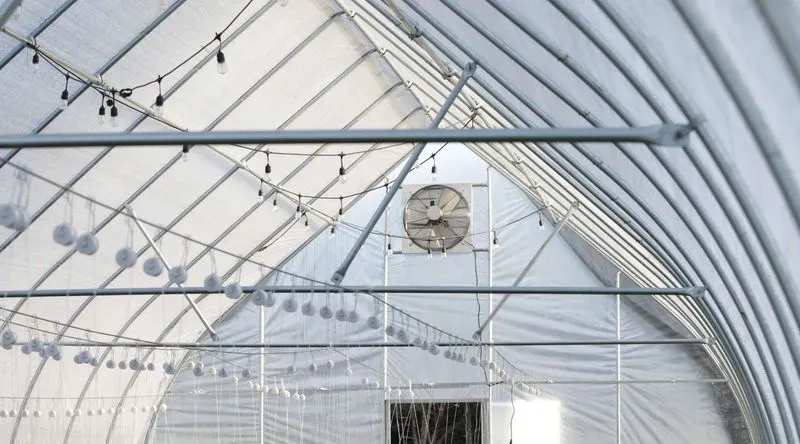
Proper airflow is crucial for a healthy greenhouse environment. Without it, plants risk becoming victims of mold and pests. Consider installing adjustable vents or using fans to control the temperature and humidity levels. This simple addition can prevent a multitude of problems, ensuring your plants get the fresh air they need. Regularly check and adjust your system based on weather conditions, ensuring optimal growth and minimizing stress on your plants. With the right ventilation, you create a stable environment where plants can flourish without the threat of harmful conditions.
Quality Soil Mix
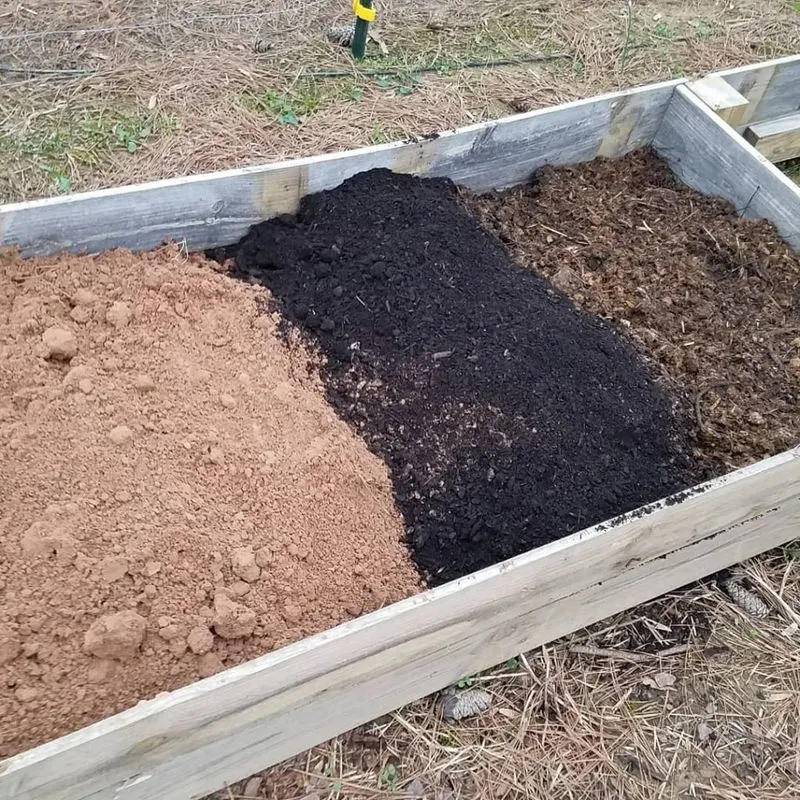
The foundation of any successful greenhouse starts with the right soil mix. A balanced blend enriched with nutrients provides the essential support your plants need. Consider using a mix that retains moisture while allowing for proper drainage to avoid root rot. Tailor the soil composition to the specific needs of different plant species. Regularly rejuvenate the soil with organic matter to maintain its richness. By investing in quality soil, you lay the groundwork for robust plant growth and a thriving greenhouse ecosystem.
Strategic Plant Placement
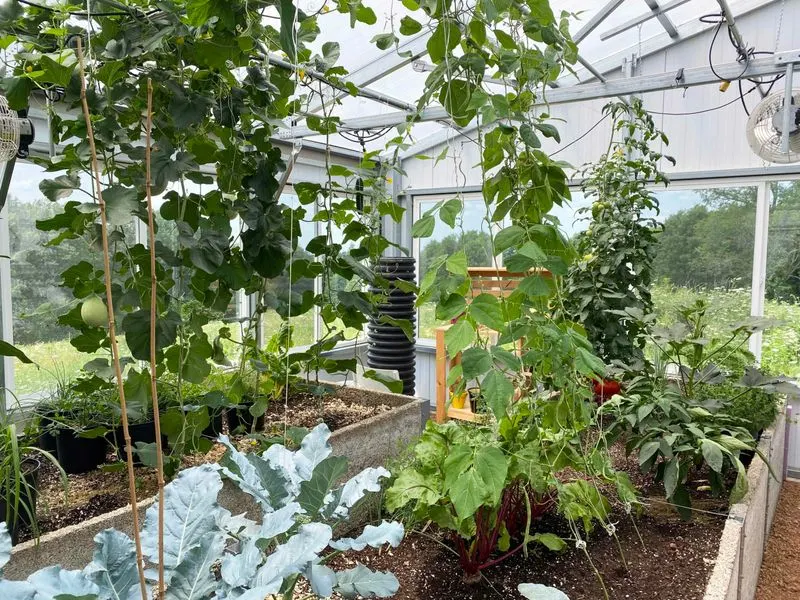
Arranging plants strategically can significantly impact their growth and overall health. Factor in sunlight exposure, plant height, and growth patterns when deciding where each plant belongs. Taller plants may provide shade for those that thrive in lower light conditions. Conversely, position sun-loving varieties where they receive the most light. Be mindful of overcrowding, which can inhibit airflow and lead to disease. Thoughtful placement helps create a harmonious environment, optimizing space and resources for all your greenhouse inhabitants.
Consistent Watering Schedule
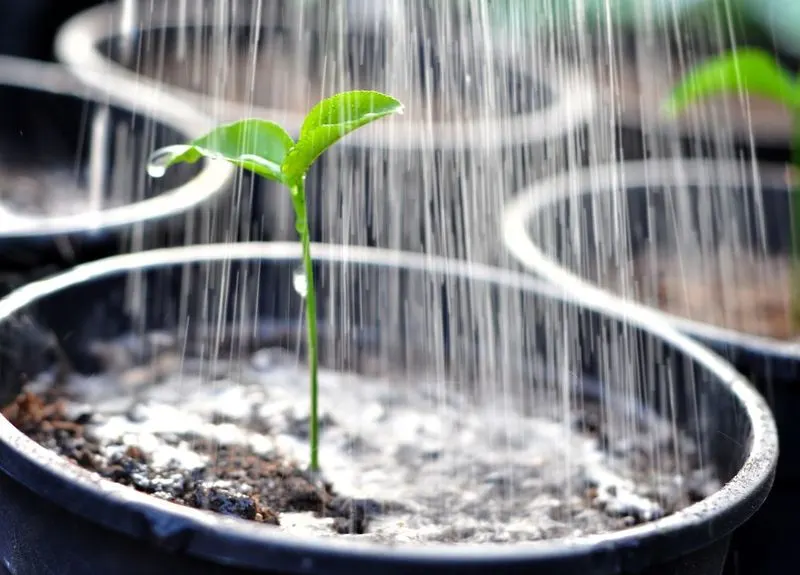
Establishing a consistent watering routine is key to maintaining plant health in your greenhouse. Overwatering can be just as detrimental as underwatering, so it’s important to find the right balance. Consider using a moisture meter to gauge when plants truly need a drink. Adjust your schedule based on seasonal changes and plant varieties. Leveraging drip irrigation systems can provide precision in watering, ensuring each plant receives adequate moisture without waste. Consistency in watering fosters a resilient greenhouse environment.
Integrated Pest Management
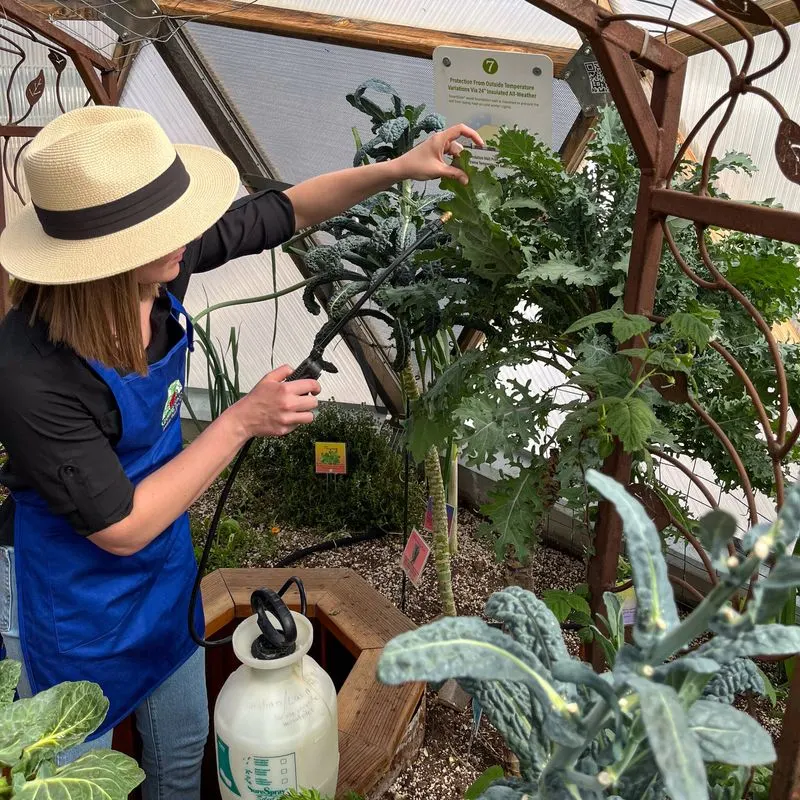
Keeping pests at bay requires a proactive approach. Integrated Pest Management (IPM) combines different techniques to manage pests sustainably. Regularly inspect plants for signs of infestation and employ natural predators like ladybugs to control pest populations. Use neem oil or insecticidal soap as natural deterrents. Swift action can prevent minor issues from becoming major problems. IPM not only protects your plants but also maintains ecological balance within your greenhouse, promoting healthy growth without reliance on harsh chemicals.
Temperature Control Systems
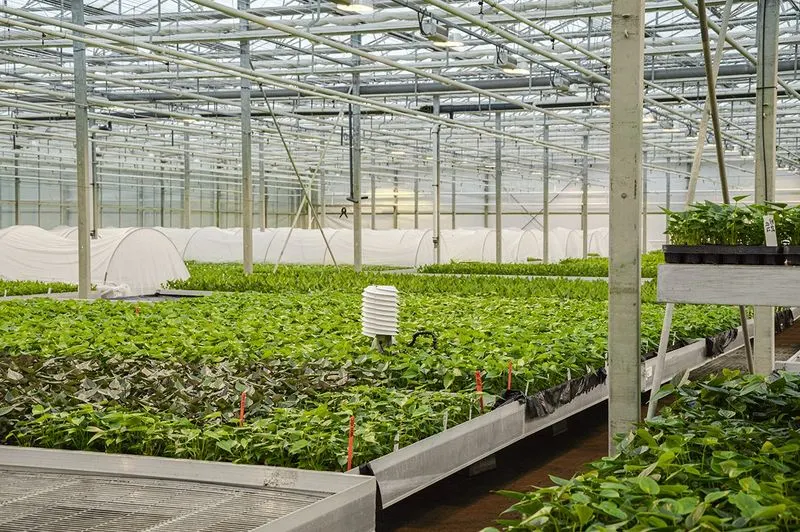
Maintaining optimal temperatures is vital for greenhouse success. Consider installing a temperature control system that automates heating and cooling processes. This technology ensures your plants remain within their ideal temperature range, regardless of external weather conditions. Monitors and sensors can provide real-time data, allowing you to make informed adjustments when necessary. A stable temperature environment supports vigorous growth and reduces stress on plants, leading to a more productive and bountiful greenhouse.
Regular Cleaning and Maintenance
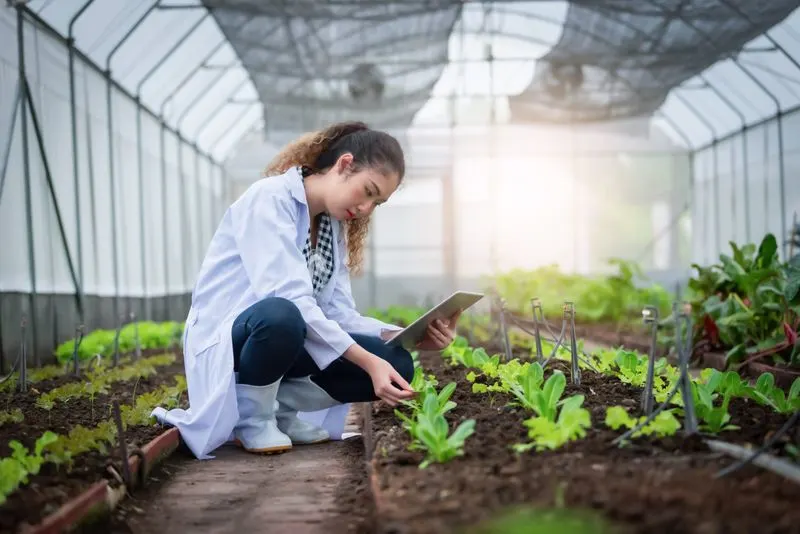
A clean greenhouse is a productive one. Regular cleaning prevents the buildup of algae, pests, and diseases. Keep windows and panels free from dirt to maximize sunlight penetration. Organize tools and supplies to avoid clutter, making it easier to manage your space. Periodically inspect and repair any structural issues, ensuring the greenhouse remains a secure environment for plant growth. Consistent maintenance practices not only enhance productivity but also prolong the life of your greenhouse.
Seasonal Crop Rotation
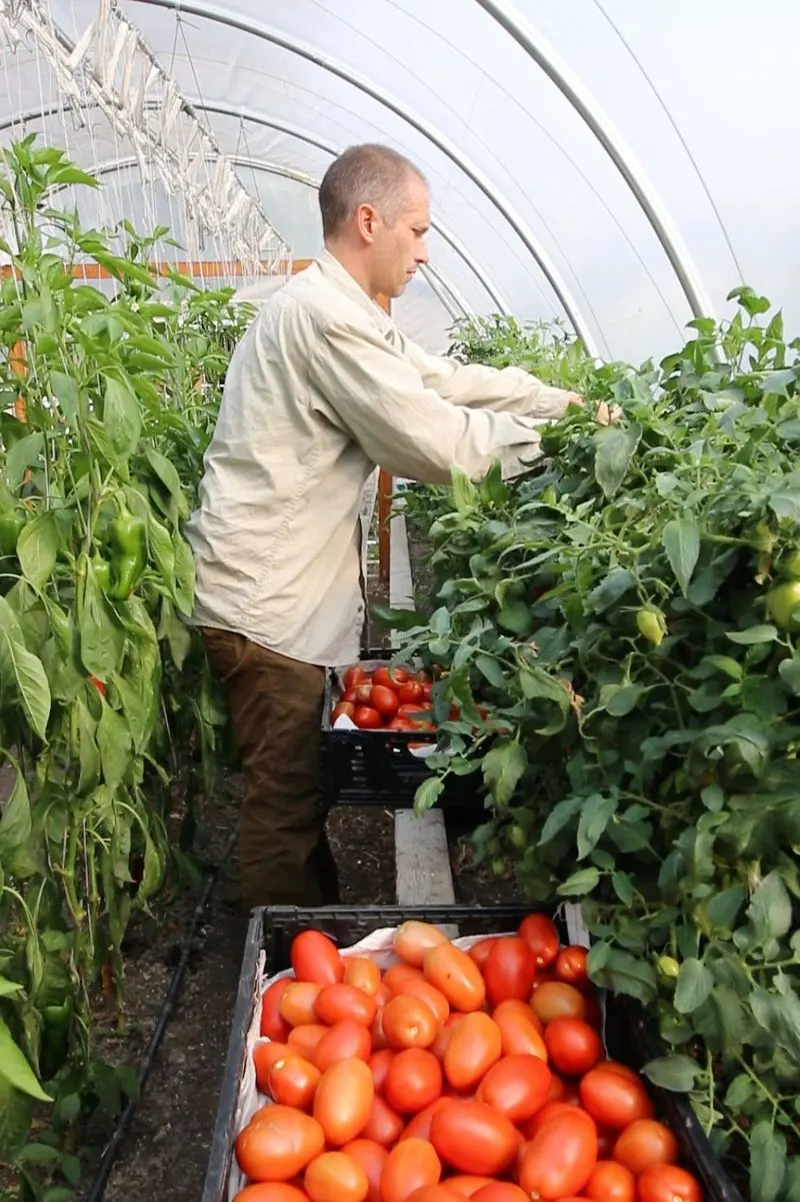
Crop rotation isn’t just for outdoor gardens; it plays a vital role in greenhouse management too. Rotating crops helps break cycles of pests and diseases, while also replenishing soil nutrients. Plan rotations based on plant families and their nutrient needs. Implementing seasonal rotations can enhance soil fertility, leading to healthier plants. This practice contributes to a sustainable growing environment, where both soil and plants benefit from thoughtful planning and execution.
Efficient Use of Space
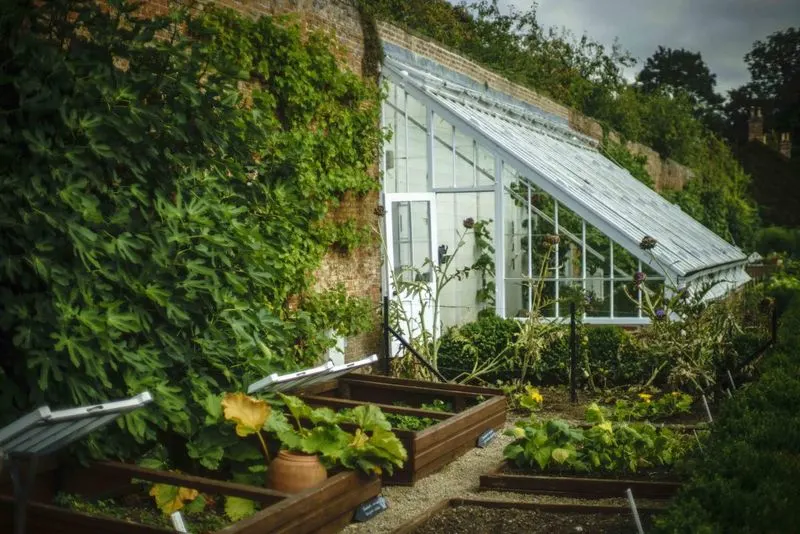
Making the most of available space is essential in greenhouse gardening. Utilize vertical gardening techniques and stacked planters to maximize plant growth. These methods not only increase yield but also make efficient use of limited areas. Consider the use of hanging baskets or tiered shelving for smaller plants and herbs. By thinking vertically, you can significantly expand your growing capacity without needing additional floor space. Effective space management fosters a more organized and fruitful greenhouse.
Proper Lighting Solutions
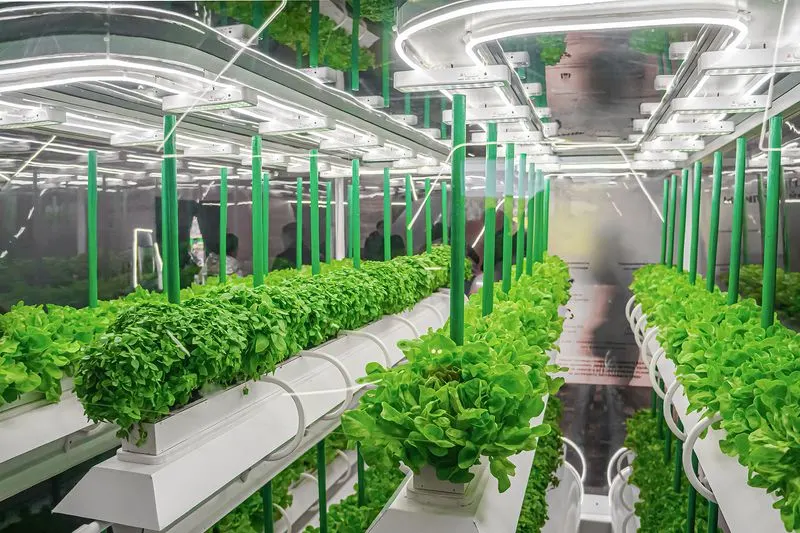
Lighting plays a critical role in greenhouse plant growth. Natural sunlight may not always be sufficient, particularly in winter months. Supplement with LED grow lights to ensure plants receive the necessary light spectrum for photosynthesis. Position lights strategically to cover all areas evenly, preventing weak or leggy growth. Monitor light intensity and duration to mimic natural conditions as closely as possible. Proper lighting solutions can compensate for seasonal daylight shortages, keeping plants healthy year-round.
Soil and Air Temperature Monitoring
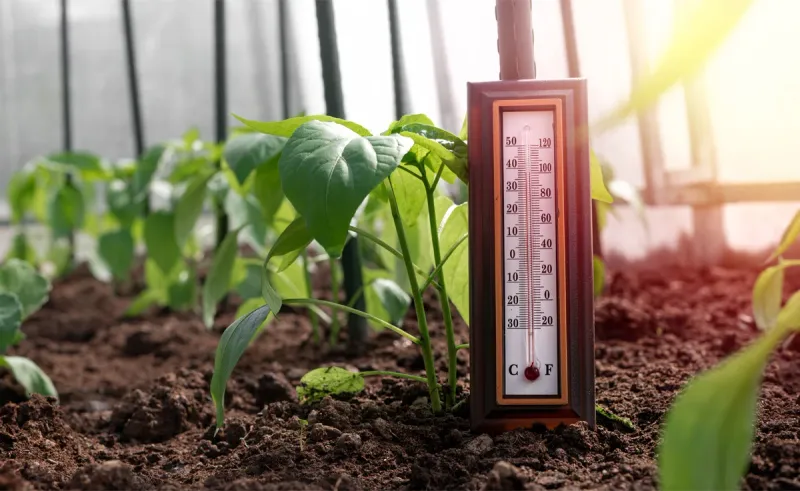
Monitoring soil and air temperatures provides vital data for maintaining a conducive growing environment. Use digital thermometers or sensors to track these parameters and adjust as needed. Fluctuations can stress plants, hindering growth and development. Aim for consistency to support optimal plant health. By understanding and responding to temperature data, you can make informed decisions, ensuring your greenhouse remains a haven for thriving plant life. This proactive approach guards against adverse conditions.
Incorporating Beneficial Insects
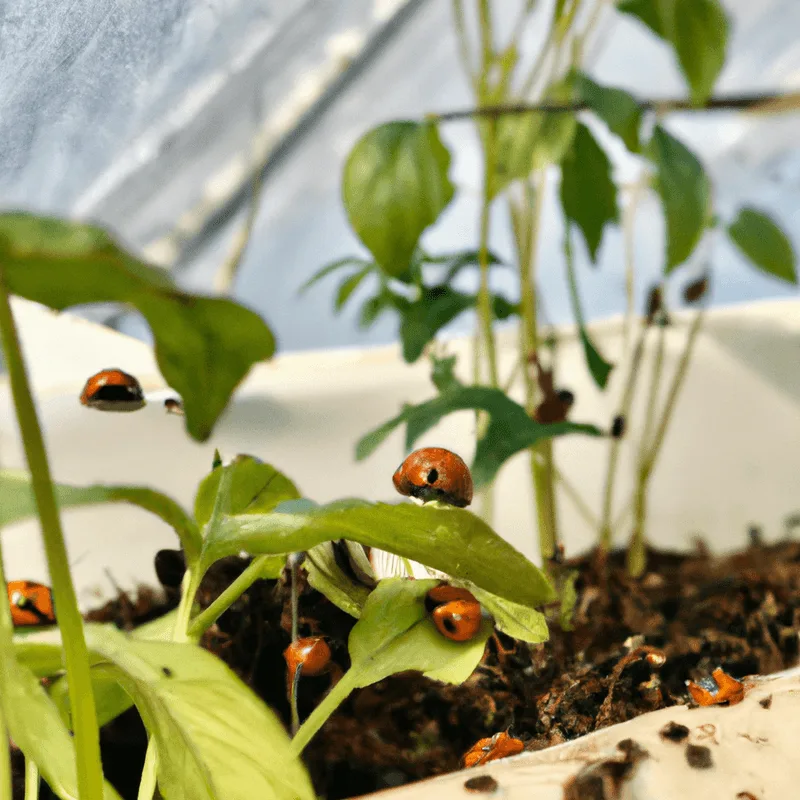
Harnessing the power of beneficial insects can create a balanced ecosystem within your greenhouse. Ladybugs, bees, and other helpful insects contribute to pest control and pollination. Introduce these allies to manage pest populations naturally, reducing the need for chemical interventions. Their presence can also enhance plant health by improving pollination rates, leading to higher yields. Encouraging beneficial insects fosters a self-sustaining environment where plants and insects coexist harmoniously, promoting a thriving greenhouse ecosystem.

